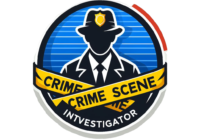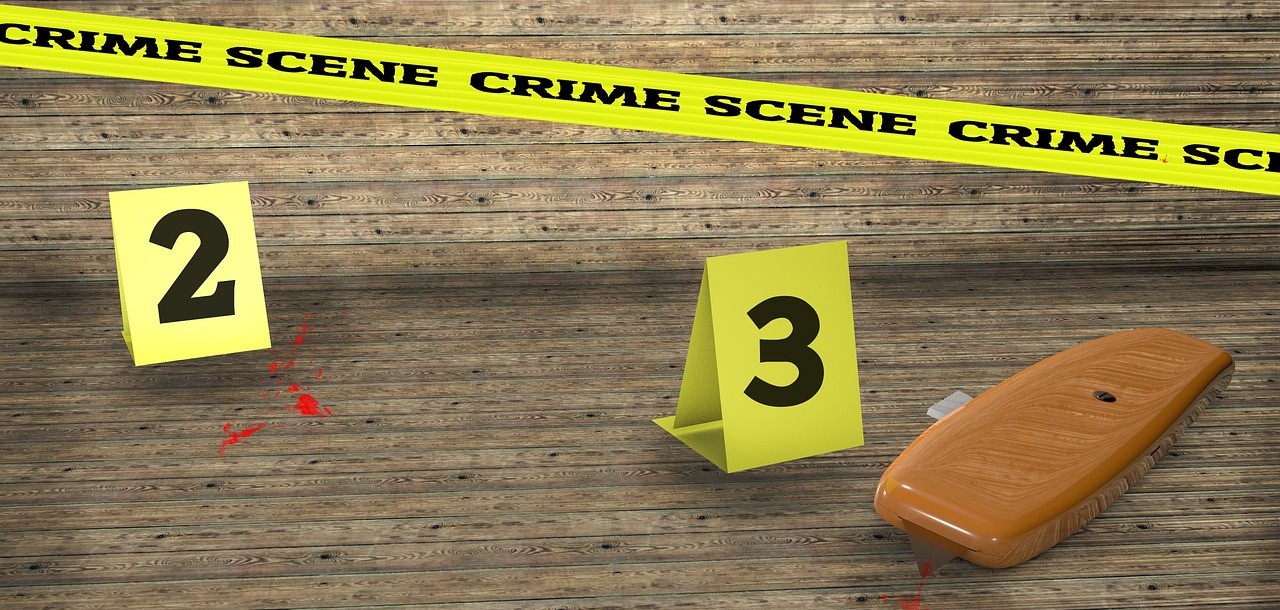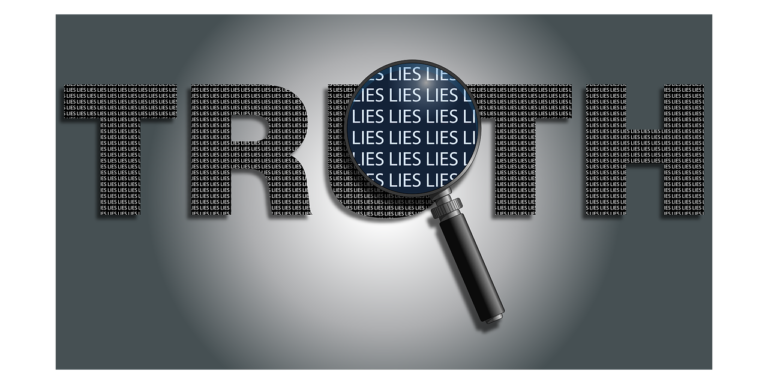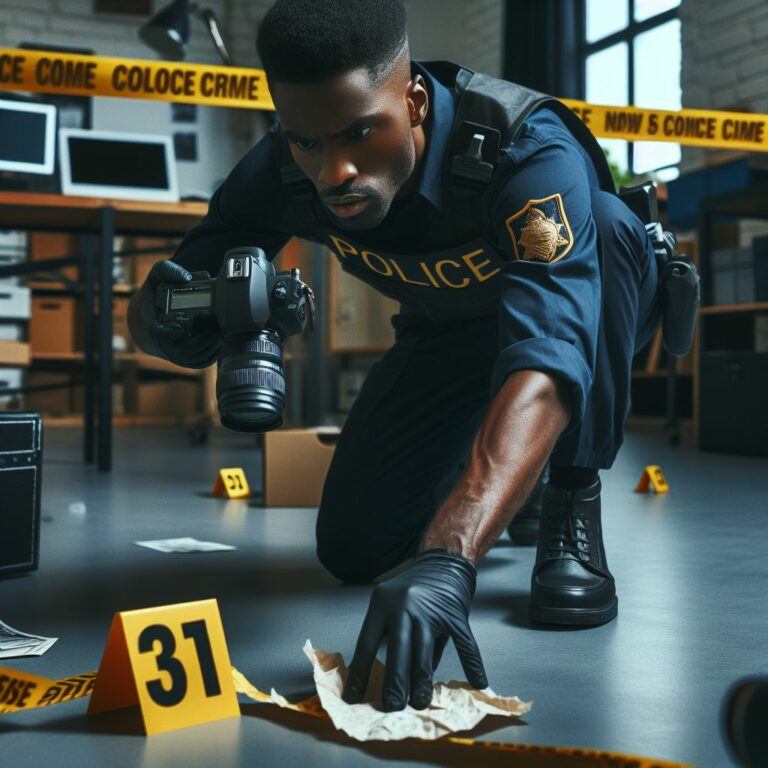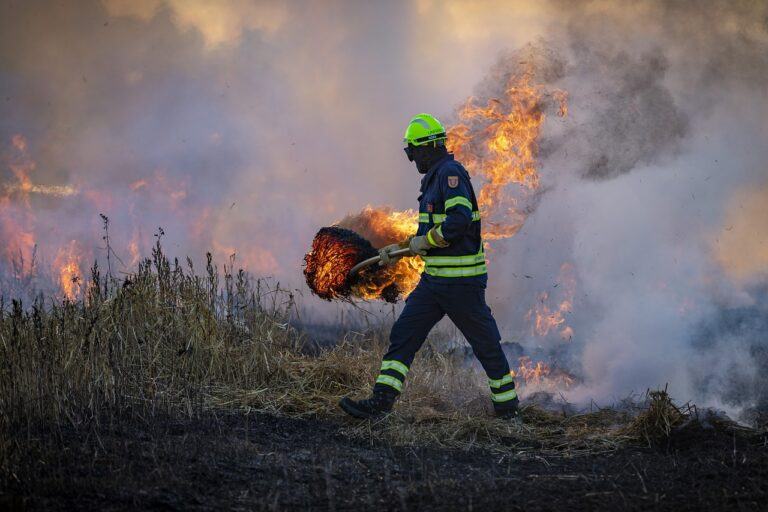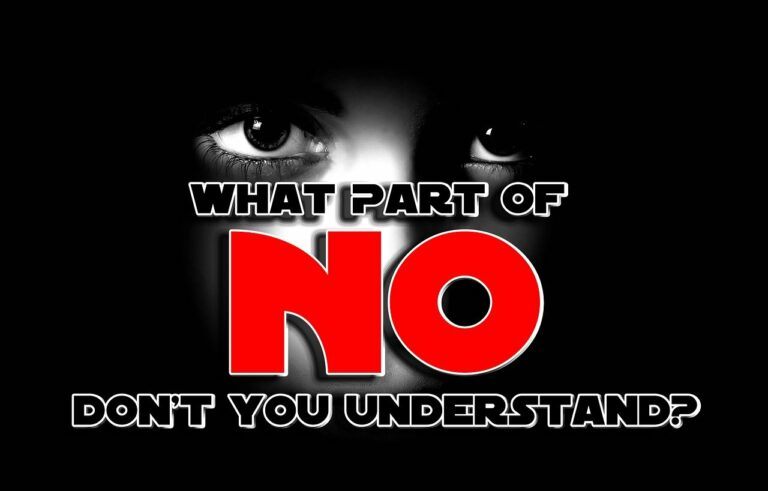How Crime Scene Photography and Sketching Solve Crimes
Capturing the essence of a crime scene lies in the art of crime scene photography and sketching. In this context, we will explore the history, and significance of visual documentation, the techniques of crime scene photography, and the precision of sketching. Aspiring forensic crime scene investigators must master these skills to preserve crucial details and accurately photograph the crime scene.
Crime Scene Photography History: A Pictorial Journey
The crime scene photography history traces the development of photography technology alongside advancements in forensic science. This journey through time highlights the pivotal role photography has played in the pursuit of justice.

- 19th Century Origins: Crime scene photography history emerged alongside photography itself in the 19th century. Visionaries like Alphonse Bertillon recognized its potential in criminal investigations, laying the foundation for future forensic photography practices.
- Dr. Henry Faulds (1880s): a Scottish physician, championed the use of photography to document fingerprints, contributing to the early development of fingerprint analysis.
- Bertillon’s System (Late 19th Century): Alphonse Bertillon’s “Bertillonage” system combined photography with precise measurements, providing comprehensive visual records of suspects.
- Early Use in Criminal Cases: Crime scene photography gained prominence in the early 20th century, with high-profile cases like the Leopold and Loeb trial showcasing its effectiveness as evidence.
- Technological Advancements (Mid-20th Century): The adoption of 35mm cameras improved precision and flexibility in documenting crime scenes.
- Color Photography (1960s): The introduction of color photography added depth and detail to crime scene documentation.
- Digital Era (Late 20th Century to Present): The digital revolution brought instant review and sharing of images, enhancing analysis capabilities. GPS integration facilitated precise geotagging of crime scenes.
- Contemporary Forensic Photography: Today, forensic photographers rely on digital single-lens reflex (DSLR) cameras, specialized equipment, and 3D scanners to create precise visual records.
The crime scene photography history underscores the collaboration between science and art. This evolution from black and white photographs to high-resolution digital images aided in solving crimes and advanced forensic science.
The Role of Photography and Sketching
Crime scene photography and sketching are indispensable tools in modern law enforcement. They play a pivotal role in unraveling mysteries and ensuring justice is served. To begin with, crime scene photography is the process of capturing visual evidence using cameras. It serves as the foundation for a detailed investigation, offering investigators a visual record that can later be used in court. By taking high-quality photographs of the crime scene from various angles, investigators can capture vital details. Such as the positioning of evidence, bloodstain patterns, and the overall layout of the scene. This visual documentation forms a critical part of the investigative process, helping to preserve the scene’s integrity.
Crime scene sketching complements photography by providing a two-dimensional representation of the crime scene. While crime scene photography captures the scene’s entirety, however, sketches allow for a more focused and detailed portrayal of specific aspects.
Skilled forensic artists create sketches that highlight key elements, such as the location of evidence, the victim’s position, and other crucial spatial relationships. These sketches are invaluable in conveying the scene’s facts to judges, jurors, and investigators. In essence, crime scene photography and sketching are like puzzle pieces that fit together seamlessly. They provide investigators with a comprehensive visual narrative that aids in reconstructing events, identifying suspects, and presenting a compelling case in court.
Advanced Techniques in Crime Scene Photography
Advanced techniques in crime scene photography have revolutionized the way investigators document and analyze evidence, enhancing their ability to solve complex cases. To dive into this further, consider the arrival of 3D scanning technology. Unlike traditional photography, 3D scanners capture every dimension of a crime scene, creating a highly accurate digital representation. This technology allows investigators to revisit and explore crime scenes virtually, providing new perspectives and uncovering hidden details. It has proven invaluable in cases and plays a pivotal role in understanding what transpired.
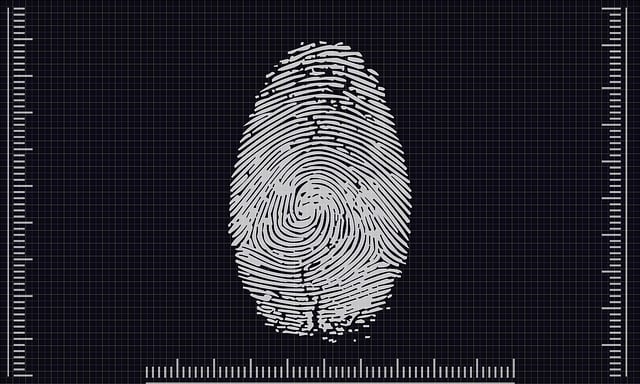
Another remarkable addition to the investigative toolkit is the use of drones. These unmanned aerial vehicles equipped with high-resolution cameras can access hard-to-reach or dangerous crime scenes, capturing images from above. This aerial perspective not only aids in documenting large-scale scenes but also provides context that may be missed from ground-level photographs.
Moreover, the quality of traditional cameras has improved significantly. High-resolution cameras with advanced optics produce crystal-clear images, allowing for zooming in on even the tiniest pieces of evidence. This level of detail can be crucial in identifying fingerprints, deciphering text on documents, or analyzing minute traces of substances.
Transitioning between these techniques is seamless, and investigators often employ a combination of methods to create a visual record. For instance, 3D scans can be fused with high-resolution photographs to provide an all-encompassing view of the crime scene, leaving no room for uncertainty.
The integration of advanced photography techniques into crime scene investigations has ushered in a new era of precision and accuracy. These technologies empower investigators to uncover vital clues and present a compelling case, ultimately serving justice and ensuring the guilty are held accountable.
Unveiling the Art of Forensic Sketching
While crime scene photography has evolved significantly, forensic sketching remains a timeless and complex art form that continues to shape investigations.
Forensic sketching involves the skillful craftsmanship of artists who work closely with witnesses and victims to create detailed facial or composite sketches of suspects. These sketches are not mere drawings but meticulously crafted visual representations aimed at identifying individuals involved in criminal activities.
The process of forensic sketching typically begins with a witness or victim providing a description of the person they encountered or observed during the crime. This description includes details about the individual’s facial features, hairstyle, clothing, and any distinctive characteristics, such as tattoos or scars. The forensic artist then uses their expertise to translate these verbal descriptions into a visual representation.
Forensic Sketching: A Vital Role in Investigations
One remarkable aspect of forensic sketching is the ability to convey the fineness of human faces. Artists pay close attention to things like the shape of the eyes, the curve of the nose, and the contour of the lips. These details can be the key to recognizing and apprehending suspects. Moreover, composite sketches can be refined and adjusted based on feedback from witnesses.
The impact of forensic sketches on investigations cannot be overstated. They provide law enforcement with a tangible image to circulate among officers and the public increasing the chances of locating and identifying suspects. In cases where traditional photographs or surveillance footage are unavailable, these sketches become invaluable tools for narrowing down potential leads.
Forensic sketches play a vital role in the criminal justice system. They offer jurors a powerful visual reference, enabling them to connect the dots between the testimony of witnesses and the appearance of the suspect. A well-executed forensic sketch can leave a lasting impression and contribute significantly to a successful conviction.
Technology in Forensic Sketching
Forensic sketching, a critical component of crime scene analysis, has also seen significant advancements in recent years. Here, we get into the technologies that have revolutionized the field of forensic sketching.
1. Digital Sketch Tablets: Traditional paper and pencil sketches are being gradually replaced by digital sketch tablets. These tablets offer several advantages, including the ability to quickly and easily make changes, and create highly accurate representations. Digital sketches can be shared electronically, facilitating collaboration among investigators and forensic artists.
2. Composite Software: Specialized composite software applications have emerged, enabling forensic artists to create composite sketches more efficiently and with greater precision. These programs often include libraries of facial features, allowing artists to piece together composites using a vast array of facial elements.
3. Facial Recognition Technology: Modern facial recognition software has become an invaluable tool for forensic sketching. It allows investigators to compare composite sketches with databases of known individuals or suspects, potentially leading to identifications and breakthroughs in cases.
4. 3D Facial Reconstruction: For cases involving unidentified deceased individuals, 3D facial reconstruction technology has become a powerful asset. It involves the use of specialized software and techniques to create three-dimensional representations of a person’s face based on skeletal remains.
5. Forensic Artistry Software: Tailored forensic artistry software has been developed to address the unique needs of forensic artists. These applications often include features like age progression and regression, allowing artists to create images of missing persons at different life stages.
6. Tablet-Based Sketching Tools: Many forensic artists now use tablet-based tools, such as the Apple Pencil or stylus pens, for sketching on touchscreen devices. This approach offers the precision of traditional sketching with the convenience of digital technology.
7. Facial Symmetry Analysis: Some software can analyze facial symmetry and proportion, helping forensic artists create more accurate representations of suspect or victim faces.
8. 3D Printing: In cases where physical facial reconstructions are needed, 3D printing technology can bring sketches to life by creating accurate physical models based on digital representations.
Mid-Range Crime Scene Photography
In crime scene photography, capturing the right perspective is essential to paint a comprehensive picture of the scene. Taking mid-range photography fills the gap between wide-angle shots and close-ups, providing valuable context and clarity.
Mid-range photographs are typically taken from a moderate distance, offering a balanced view of the crime scene. These shots help investigators understand the space between different elements, objects, and evidence present.
One critical aspect of mid-range photography is ensuring proper framing. The photographer must carefully compose the shot to include all relevant details without unnecessary distractions. A well-framed mid-range photograph can depict the scene’s layout, the arrangement of objects, and the overall environment.
These photographs are particularly useful when capturing the positions of individuals or objects in relation to one another. They can help reconstruct the sequence of events leading up to the crime and provide insights into the dynamics of the scene.
When documenting physical evidence, mid-range photographs offer a clear view of its location within the broader context of the scene. This can be crucial for forensic analysis, allowing experts to assess the evidence’s relevance and significance.
To achieve quality mid-range photographs, proper lighting and focus are essential. Balancing these elements ensures that the details within the frame are sharp and clear, enhancing the photograph’s overall quality.
Mid-range crime scene photography is a valuable technique that bridges the gap between wide-angle and close-up shots in crime scene documentation.
Close-Up Crime Scene Photography
When it comes to crime scene investigations, the devil is often in the details. Close-up crime scene photography plays a pivotal role in capturing those detailed elements that might hold the key to solving a case.
Close-up photographs are taken at a very short distance from the subject, allowing for a magnified view of specific details. These photographs serve various purposes, from documenting evidence to revealing minute traces that might be easily missed.
One of the primary applications of close-up photography is in the documentation of physical evidence. Whether it’s a bloodstain, a latent fingerprint, a bullet casing, or a trace of a substance, these details often require close examination. Close-up shots provide the clarity and detail necessary for forensic analysis.
Photographing injuries, wounds, or other bodily features is another critical aspect of close-up photography. These images can assist medical examiners in determining the cause of death or injury, as well as the potential weapon or method involved.
To achieve high-quality close-up photographs, photographers must pay attention to focus, lighting, and composition. Macro lenses and specialized lighting equipment are often used to capture these details with precision.
Close-up photographs can also aid in the identification of objects, such as tattoos, jewelry, or distinctive markings, which may be crucial in linking evidence to suspects or victims.
Close-up crime scene photographs help jurors and judges understand the significance of details that may otherwise go unnoticed, contributing to a better understanding of the case. These photographs reveal the hidden details that can turn a mystery into a solved case.
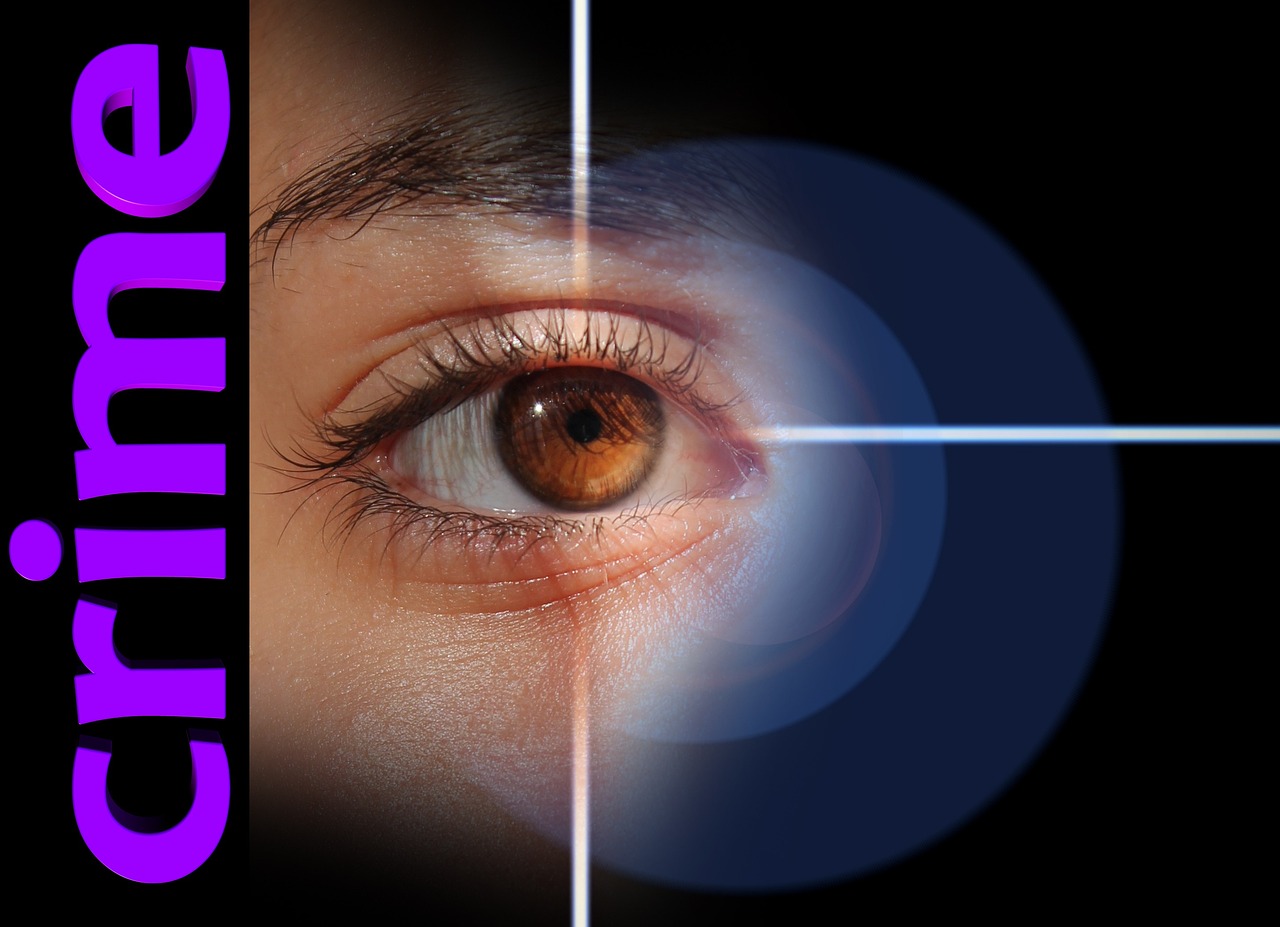
Crime Scene Photography: Deleting Photographs
In the world of crime scene photography, there exists a cardinal rule: never hit the delete button. The images captured during crime scene investigations are more than mere snapshots; they are critical pieces of evidence. Deleting photographs can irreparably damage the investigative process and compromise justice.
Deleting photographs, whether intentionally or accidentally, erases vital information that might hold the key to solving a case. It’s akin to discarding a piece of the puzzle that could complete the picture. In a court of law, the absence of crucial evidence due to deleted photographs can cast doubt on the entire investigation.
Beyond the legal implications, deleting photographs can have lasting consequences for investigators. It can lead to re-visits to crime scenes, wasted resources, and lost time—all of which hinder the pursuit of truth. Moreover, the act of deleting images can raise questions about the investigator’s credibility and attention to detail.
To avoid this pitfall, it is imperative that investigators exercise extreme caution when handling digital images. Backing up photographs immediately after capture and ensuring they are stored securely is essential. In this digital age, where information is easily deleted with a tap or click, preserving photographic evidence is a duty investigators must uphold diligently.
The importance of not deleting photographs in crime scene investigations cannot be overstated. Each image tells a story, and together, they paint a comprehensive picture of the crime scene. Deleting them is like tearing pages from a book—it diminishes the chances of solving the mystery and delivering justice.
Crime Scene Photography: Image Storage and Organization
In the realm of crime scene investigations, the old adage “a picture is worth a thousand words” takes on profound meaning. The photographs taken at a crime scene are not only invaluable but also fragile pieces of evidence. Ensuring their preservation, storage, and organization is paramount to maintaining the integrity of the investigative process.
When it comes to image storage and organization, both physical and digital photographs require careful handling. Physical photographs, captured on film or printed, must be kept in a controlled environment. This prevents damage from light, humidity, or physical mishandling. Sturdy, acid-free sleeves and albums are essential for their protection.
In the digital age, most crime scene photographs are captured electronically, requiring secure digital storage solutions. Establishing a systematic and secure method for storing digital images is crucial. This often involves using dedicated storage devices, redundant backups, and encryption to safeguard sensitive evidence.
Proper organization of crime scene photographs is equally vital. Each photograph should be labeled, dated, and categorized with precision. The use of descriptive filenames and metadata ensures that photographs can be easily retrieved when needed. Additionally, creating a digital or physical catalog that corresponds to case files simplifies access during investigations and courtroom proceedings.
The importance of maintaining a clear and organized photographic record cannot be overstated. In complex cases, it can make the difference between a swift resolution and an unsolved mystery. It aids investigators, legal teams, and forensic experts in piecing together the events that transpired at the scene.
Crime Scene Photography of Vehicles
Vehicles, often present at crime scenes, represent a unique challenge and opportunity for crime scene photographers. Properly capturing the details of vehicles is essential, as they can provide critical clues and evidence that help unravel the mysteries surrounding a crime.
Photographing vehicles involves a meticulous approach. Begin by capturing wide-angle shots that encompass the entire vehicle, including its surroundings. These initial photographs serve as contextual references, showing how the vehicle is positioned in relation to other elements of the crime scene.
Move in closer to capture specific details. Focus on capturing the vehicle’s license plate, noting any damages, scratches, or alterations. Photographs of tire treads can be invaluable for tire track analysis, while shots of vehicle interiors may reveal potential evidence or signs of struggle.
Proper lighting is essential when photographing vehicles. Shadows, reflections, and glare can obscure important details. Thus, photographers should use diffusers or reflectors to control lighting and minimize unwanted reflections.
Pay close attention to capturing the vehicle’s VIN (Vehicle Identification Number) and other identifying features. These details are crucial for tracking ownership and history, especially in cases involving stolen vehicles or fraudulent activity.
In hit-and-run incidents or accidents, where vehicle identification is vital, capturing distinct features such as dents, paint transfer, or broken parts can be instrumental in locating and identifying the vehicle involved.
Transitioning from the crime scene to the courtroom, well-documented vehicle photographs can play a pivotal role. They provide a visual record that can help reconstruct events, corroborate witness testimonies, and strengthen the case against suspects.
Crime Scene Photography of a Living Person
Photographing living individuals at crime scenes demands sensitivity, respect for privacy, and adherence to ethical standards. While these photographs serve as potential evidence, they also raise unique considerations regarding consent and the well-being of those involved.
First and foremost, obtaining informed consent is a critical step when photographing living persons. This consent should be voluntary and fully informed, ensuring that the individual understands the purpose and implications of the photographs. For witnesses, victims, or suspects, the act of being photographed during a distressing situation can be intimidating, so clear communication is key.
Privacy and dignity must be preserved during the photographic process. Photographers should aim to capture necessary details while respecting the individual’s boundaries. Close-up shots of injuries, for example, may be required for medical or forensic purposes, but these should be taken with utmost care and discretion.
Crime Scene Photography of SuspectsPhotography of Suspects
In cases involving potential suspects, it’s important to remember that these individuals have legal rights, including the right to remain silent. Photographing them should not infringe upon these rights or compromise the integrity of the investigation.
Moreover, the mental and emotional well-being of those being photographed should be considered. Being the subject of crime scene photography can be distressing, and support and counseling services should be made available to those who require them.
Transitioning from the crime scene to the legal arena, photographs of living persons can be used as evidence in court. However, their admissibility hinges on compliance with ethical and legal standards, including consent and the protection of individual rights.
Crime scene photography of living persons at crime scenes requires a delicate balance between gathering evidence and respecting individuals’ rights. This process demands adherence to ethical guidelines and a deep understanding of the psychological impact on those involved.
Crime Scene Photography of a Deceased Person
Photographing deceased individuals at crime scenes is a sensitive and critical aspect of forensic documentation. These photographs serve as essential tools in investigations, aiding in the determination of causes of death.
When capturing photographs of deceased persons, the utmost respect and professionalism are required. It is vital to treat the deceased with dignity and to minimize the potential emotional impact on those present at the scene.
Forensic photographers must approach their task with precision and care. Begin by photographing the body from multiple angles, capturing its position and surroundings. These wide-angle shots establish context and help investigators understand the scene’s dynamics.
Close-up photographs of injuries, wounds, or other notable features on the deceased’s body are often necessary. These detailed shots can provide vital clues about the potential weapons involved, or the events leading up to the demise.
Photographing the hands and nails is particularly important, as they may contain evidence such as defensive wounds or foreign materials. Focusing on any items in close proximity to the deceased, such as weapons or personal belongings, can also be crucial in piecing together the puzzle of what occurred.
In cases where post-mortem changes or decomposition are evident, documenting these changes through crime scene photography is essential. The progression of these changes can aid forensic experts in estimating the time of death.
Crime Scene Photography: Record-keeping and Case Management
Record-keeping and case management are the threads that hold everything together. One often overlooked aspect of this process is the strategic placement of case file numbers on evidence and reports. Missing this seemingly small detail can have significant implications for the case.
To ensure that all aspects of an investigation are connected, each case is assigned a unique case file number. This number links together all the pieces of the puzzle, from photographs and physical evidence to reports. By doing this, it creates a cohesive narrative that investigators, legal teams, and forensic experts can follow. Without this essential identifier, the investigative process can quickly become chaotic.
Placing the case file number on evidence and reports provides transparency and accountability. It ensures that each piece of evidence is associated with a specific investigation, preventing mix-ups, misplacement, or confusion. This level of organization is particularly critical in high-stakes cases where the accuracy of every detail is paramount.
Furthermore, the case file number plays a pivotal role in legal proceedings. When evidence is presented in court, it must be linked back to the original investigation through this unique identifier. The absence of a case file number can cast doubt on the authenticity and chain of custody of evidence, potentially jeopardizing the case.
Additionally, it simplifies data retrieval and cross-referencing during the investigative process. Investigators can easily locate and access specific pieces of evidence or reports by referencing the case file number. This efficiency streamlines the investigation, making it more effective and timelier.
In summary, the seemingly simple act of placing a case file number on evidence and reports is a linchpin in crime scene investigations. It enhances organization, ensures accountability, and provides a clear path from the crime scene to the courtroom. This small detail is a critical element in the pursuit of justice.
Crime Scene Photography Equipment and Lighting
Crime scene photography relies not only on skillful technique but also on the right crime scene equipment and lighting to accurately capture crucial details. Understanding the tools of the trade is essential for crime scene photographers to bring darkness to light in their photographs.

Essential Tools for Forensics Crime Scene Photography
1. Batteries: Crime scene photographers should always carry spare batteries for their cameras and lighting equipment. The last thing you want is to run out of power in the middle of documenting a scene.
2. Flash Units: External flash units are indispensable in low-light conditions. They provide additional illumination to reveal details that may be obscured in the dark.
3. Camera Single Lens: A high-quality lens is vital for capturing clear and sharp images. Prime lenses with wide apertures are often preferred for low-light situations.
4. Scale and Rules: Including a scale or ruler in photographs helps establish the size and proportions of objects at the crime scene, aiding in later analysis and reconstruction.
5. Shutter Release Remote Control: A remote control allows photographers to capture images without touching the camera, reducing the risk of camera shaking and ensuring sharp photographs.
6. Lens Cloth: Keeping a lens cloth handy is essential for cleaning lenses and maintaining image clarity, especially in dusty or smoky environments.
7. Focusing Rails: These tools allow for precise focusing adjustments when capturing close-up shots or macro images of evidence.
8. Alternative Light Source: Sometimes, an alternative light source such as UV or infrared light can reveal hidden details, like bloodstains or fingerprints, that are not visible under standard lighting conditions.
9. Polarizing Filter: A polarizing filter can reduce glare and reflections, particularly when photographing shiny or reflective surfaces.
10. Angle Finder and Leveling Device: These aids help ensure that photographs are taken from the correct angles and maintain a level perspective.
11. Tripod: A sturdy tripod is essential for long exposures and stable shots, ensuring that images remain sharp and clear.
12. Best Types of Cameras for Crime Scenes: DSLR and mirrorless cameras with manual controls are commonly used in crime scene photography. They offer versatility and control over settings, which is crucial for capturing diverse crime scene conditions.
Conclusion
Crime scene photography rely on specialized equipment and lighting techniques to illuminate the darkest corners of crime scenes. Meanwhile, forensic sketch artists have embraced digital tools and software to create precise and detailed representations, aiding in the identification of suspects and missing persons.
As we look to the future, it is clear that technology will continue to play a pivotal role in the field of crime scene investigation and forensic sketching. Innovations in artificial intelligence, 3D modeling, and data analysis promise to further enhance the capabilities of investigators and forensic artists. These advances in technology help investigators bring criminals to justice and provide comfort to victims and their families.
Thank you for reading this article and leave any comments or questions. To read about Bloodstain Pattern Analysis, click here for my next article.
To read my comprehensive product reviews for 2023 visit my other website
Willie McCain
